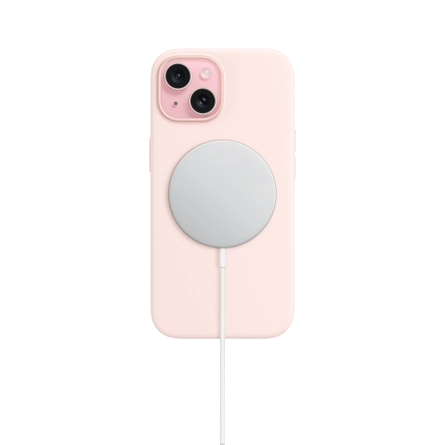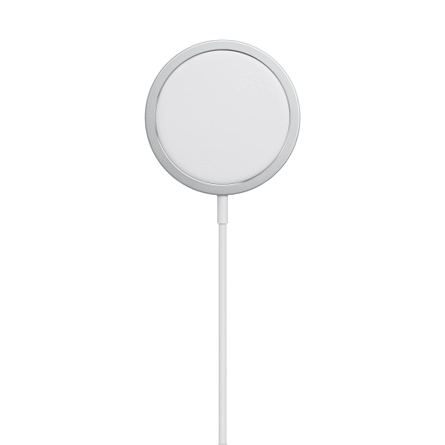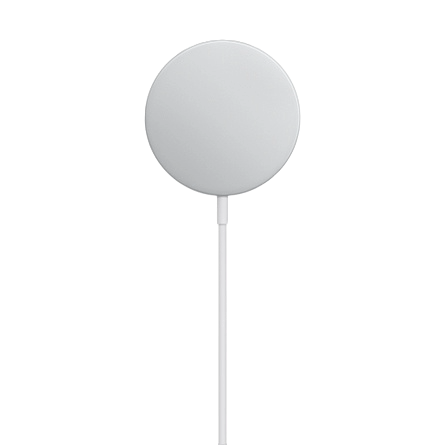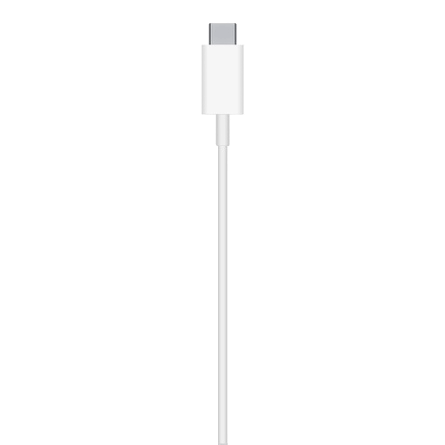Wireless Charger : The Future of Charging Technology
Table of Contents
Introduction
Do you know why we need wireless charger?In today’s fast-paced world, where our reliance on mobile devices is ever-increasing, the need for efficient and convenient charging solutions has become paramount. This has led to the rise of wireless chargers, offering a hassle-free way to power up our smartphones, tablets, and other gadgets. But what exactly are wireless chargers, and how do they work?

How Wireless Chargers Work
Wireless chargers utilize electromagnetic fields to transfer power from the charging pad to the device. Essentially, the charging pad contains a coil of wire that generates an alternating current when connected to a power source. When a compatible device is placed on the pad, another coil within the device converts this alternating current back into direct current, which charges the battery.
Benefits:
Convenience
Convenience is the primary benefit.. Gone are the days of fumbling with tangled cables or searching for the right adapter. With wireless charging, you simply place your device on the charging pad, and it begins to power up automatically.
Compatibility
Chargers are designed to work with a wide range of devices, including smartphones, tablets, smartwatches, and even some laptops. This universality makes them an ideal choice for households with multiple gadgets from different manufacturers.
Safety
Unlike traditional wired chargers, which can pose a risk of electrical shock or fire if damaged, wireless chargers eliminate these concerns by using induction to transfer power. This makes them a safer option for both users and their devices.
Types of Wireless Chargers

Many types of wireless chargers available on the market, each with its own unique features.
Qi Wireless Chargers
Qi (pronounced “chee”) wireless chargers are the most common type and are compatible with a wide range of devices that support the Qi standard. These chargers are widely available and come in various shapes and sizes to suit different needs.
Magnetic Induction Chargers
Magnetic induction chargers use magnets to align the charging coils between the charging pad and the device, ensuring efficient power transfer. They are often used in applications where precise positioning is required, such as in-car charging mounts.
Resonant Chargers
Resonant chargers employ a technique known as magnetic resonance to achieve longer-range charging. This allows devices to be charged even when not in direct contact with the charging pad, making them ideal for charging multiple devices simultaneously or through thicker materials.
Why we choose Wireless Charger?
When selecting a charger, there are several factors to take into account to ensure compatibility and optimal performance.
Compatibility with Devices
Not all these chargers are compatible with every device. It’s essential to choose a charger that supports the charging standards of your specific device, whether it’s Qi-compatible or uses a proprietary charging technology.
Charging Speed
These chargers come in varying power outputs, which can affect the charging speed of your devices. For faster charging, opt for a charger with higher wattage output, especially if you have power-hungry devices like smartphones or tablets.
Design and Portability
Consider the design and portability of the charger, especially if you plan to use it on the go. Look for slim and lightweight options that are easy to carry in your bag or pocket, and consider additional features like foldable stands or built-in cable management.
Top Brands in the Wireless Charging Industry

Several brands have established themselves as leaders in the charging market, offering innovative solutions and high-quality products.
Apple:
Known for its sleek and minimalist designs, Apple offers a range of wireless chargers, including the popular MagSafe charger for its iPhone lineup.
Samsung:
Samsung’s wireless chargers are known for their compatibility with a wide range of devices and fast-charging capabilities.
Anker:
Anker is renowned for its affordable yet high-quality charging accessories, including wireless chargers with advanced safety features.
Belkin:
Belkin offers a diverse range of wireless charging solutions, from basic charging pads to multi-device charging stations.
Tips for Maximizing Charging Efficiency
To get the most out of your charger and ensure optimal performance, follow these tips:
Positioning of Devices
Place your device squarely on the charging pad to ensure proper alignment of the charging coils. Avoid placing metal objects or other obstructions between the device and the charger, as this can interfere with charging efficiency.
Using Quality Charging Pads
Invest in a high-quality charging pad from a reputable brand to ensure reliable performance and compatibility with your devices. Cheaper alternatives may lack proper safety features or fail to deliver the advertised charging speed.
Keeping Devices Cool
Wireless charging can generate heat, which can potentially damage your device’s battery over time. To prevent overheating, avoid charging your device in direct sunlight or in enclosed spaces with poor ventilation. Additionally, consider removing protective cases or covers while charging to allow for better heat dissipation.
Future Trends in Wireless Charging Technology

As technology continues to evolve, so too does the field of wireless charging. Here are some emerging trends to watch out for in the coming years:
Longer Range Charging
Researchers are exploring new methods of wireless charging that extend beyond the limitations of current short-range induction techniques. This could pave the way for wireless charging over longer distances, eliminating the need for physical contact between the device and the charger.
Integration into Furniture and Vehicles
Wireless charging is increasingly being integrated into everyday objects like furniture, countertops, and even vehicles. This seamless integration allows for effortless charging wherever you are, without the need for dedicated charging pads or cables.
Common Myths About Wireless Chargers
Despite their widespread adoption, there are still some misconceptions surrounding wireless chargers. Let’s debunk a few common myths:
Interference with Phone Signal
Contrary to popular belief, wireless chargers do not interfere with your phone’s signal or connectivity. The electromagnetic fields used for charging are carefully regulated to ensure they do not disrupt other wireless signals.
Damage to Battery Life
Some users worry that wireless charging may degrade their device’s battery over time. However, modern wireless chargers employ advanced charging algorithms to optimize battery health and longevity, minimizing the risk of overcharging or overheating.
Conclusion
Wireless chargers have reformed the manner in which we power up our gadgets, offering unmatched convenience, compatibility, and safety. With a wide range of options available from top brands, there’s never been a better time to ditch the cords and embrace the future of charging technology.
FAQs About Wireless charger
Yes, wireless chargers are safe when used properly and are designed to meet stringent safety standards.
While most modern smartphones support wireless charging, it’s essential to check for compatibility with your specific device.
While most modern smartphones support wireless charging, it’s essential to check for compatibility with your specific device.
Yes, wireless chargers are designed to automatically stop charging once your device reaches full capacity, preventing overcharging and extending battery life.
Wireless chargers typically charge at a slightly slower rate compared to wired chargers, but the difference is minimal for everyday use.

Pingback: IPhone Charger Prices hacked: Best deals in 2024 - reviewsmarts.com